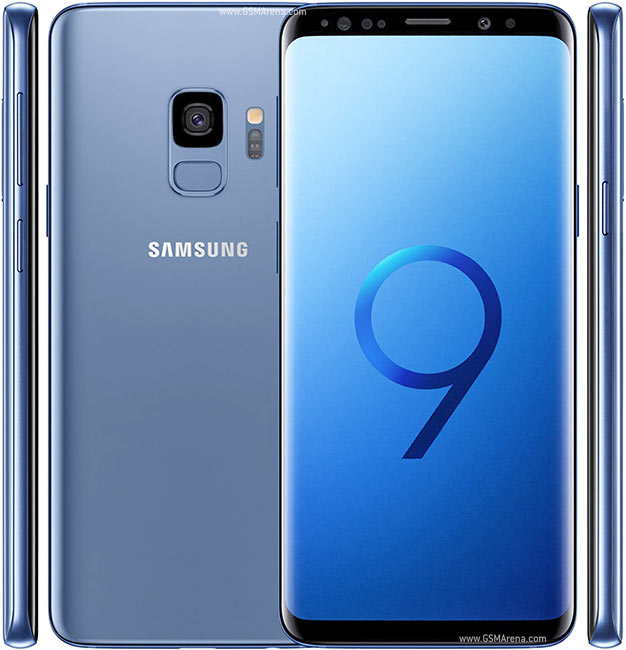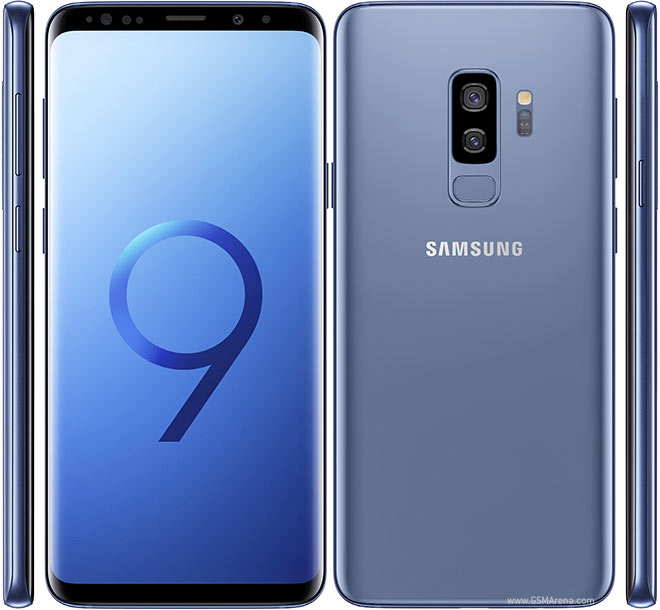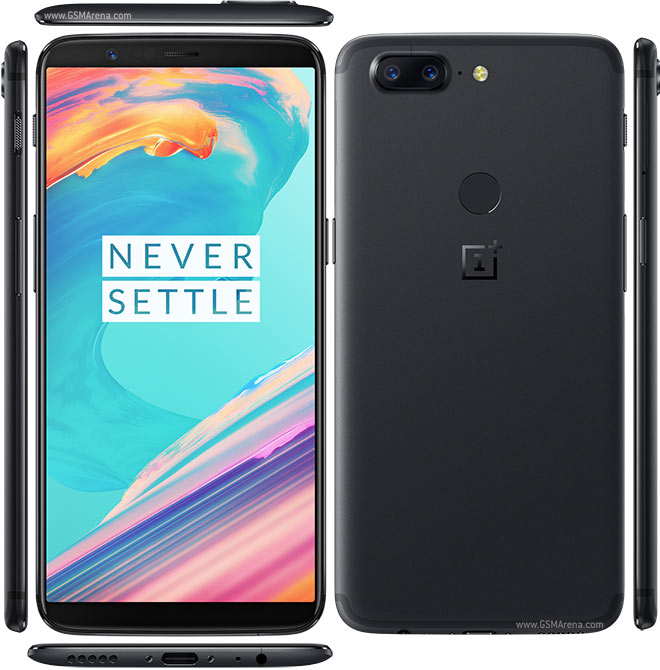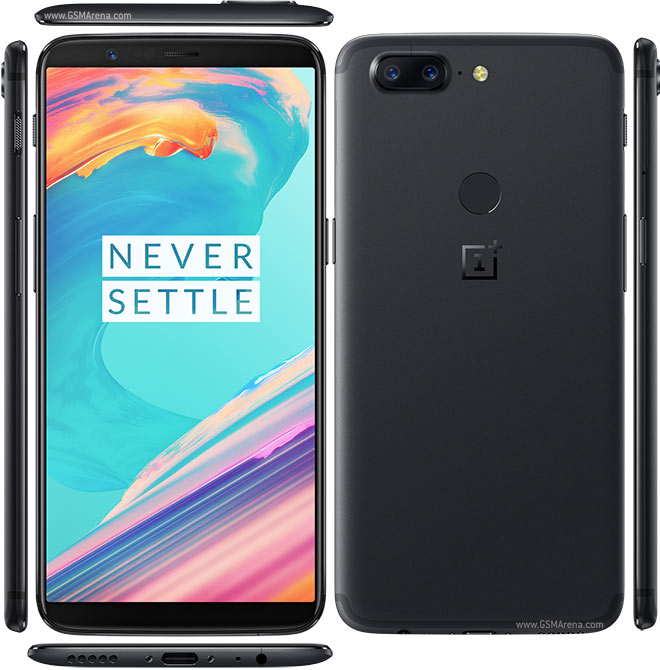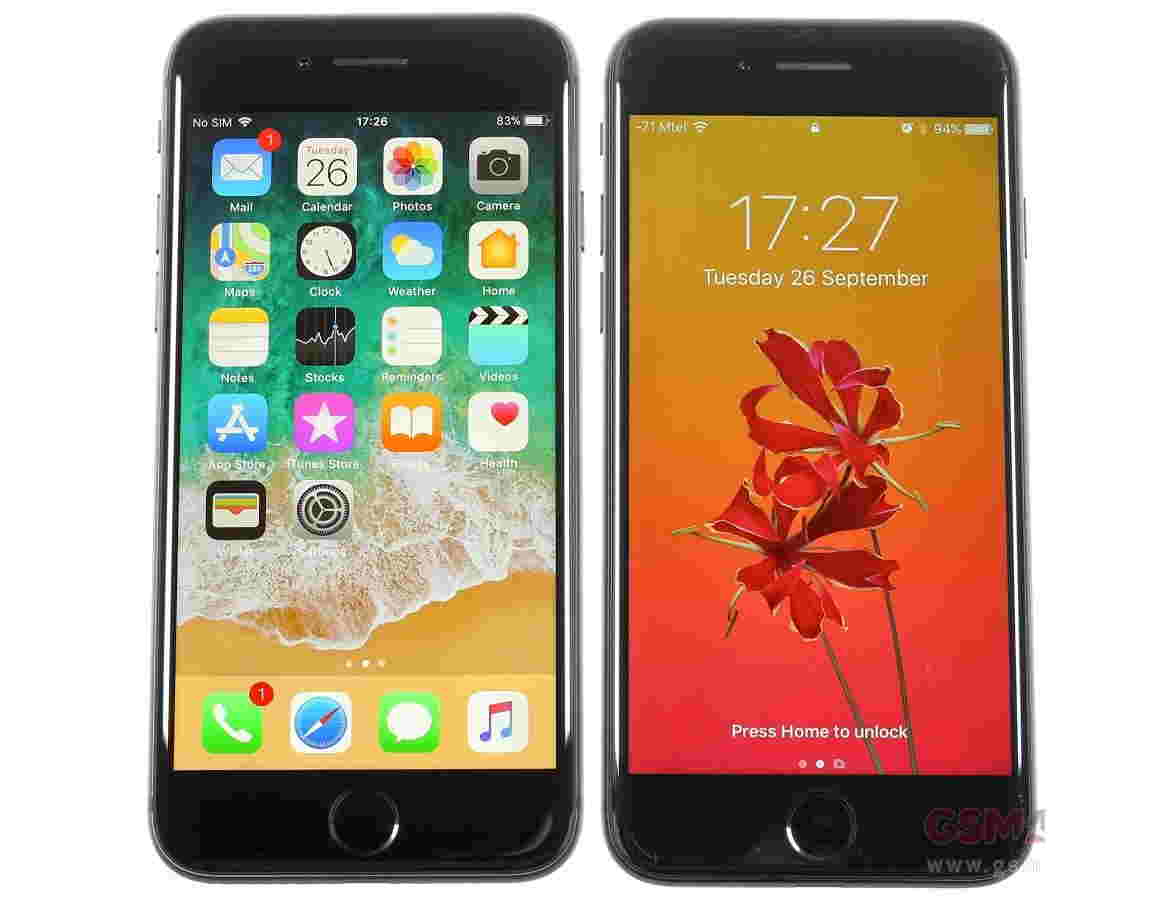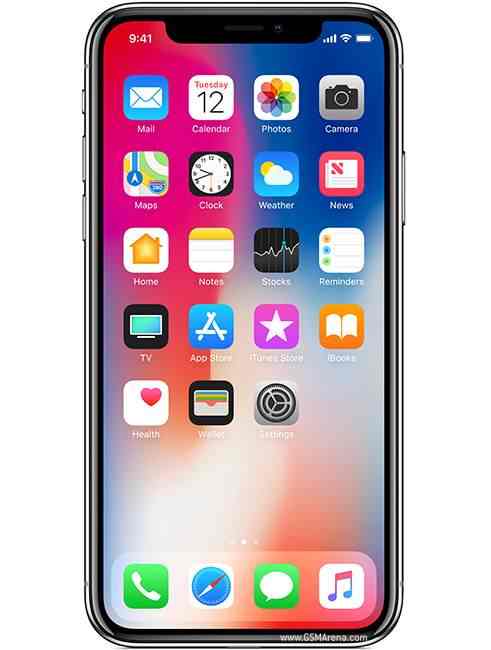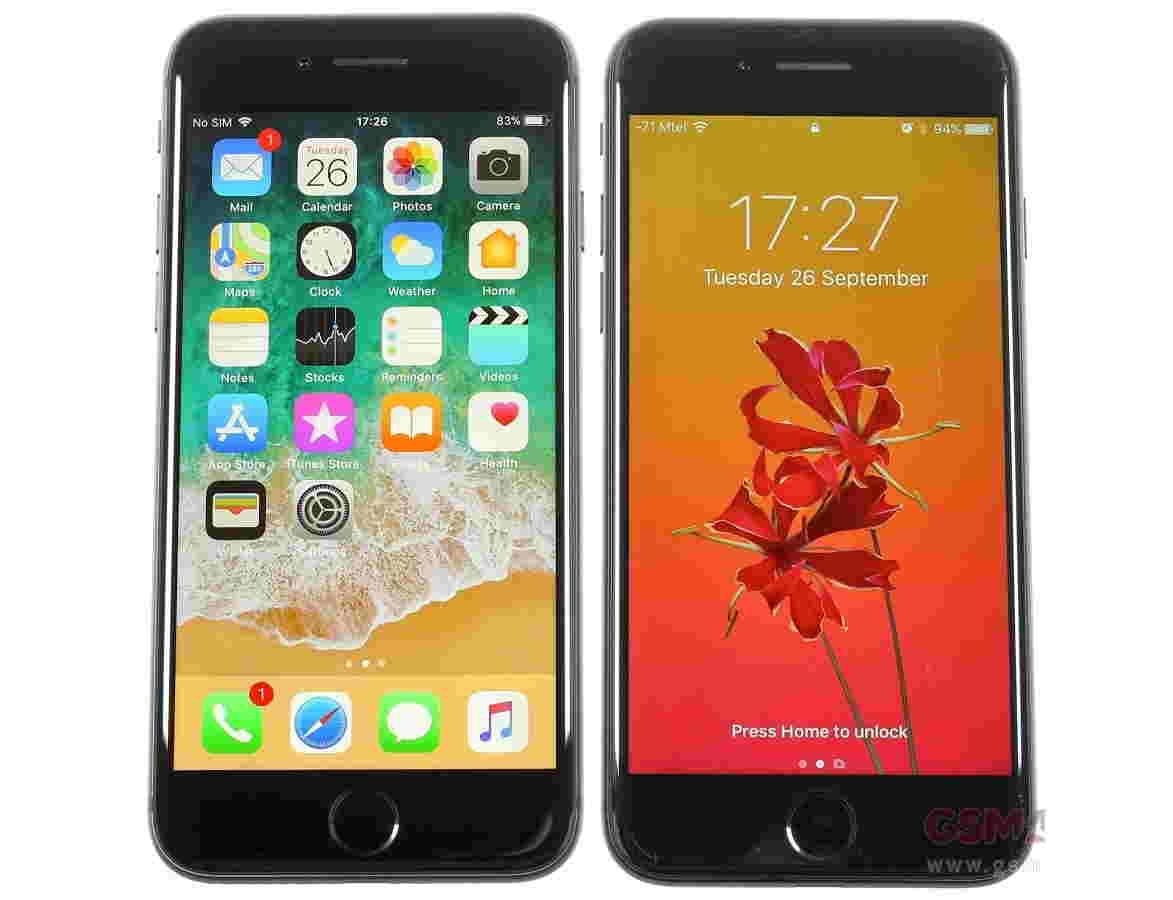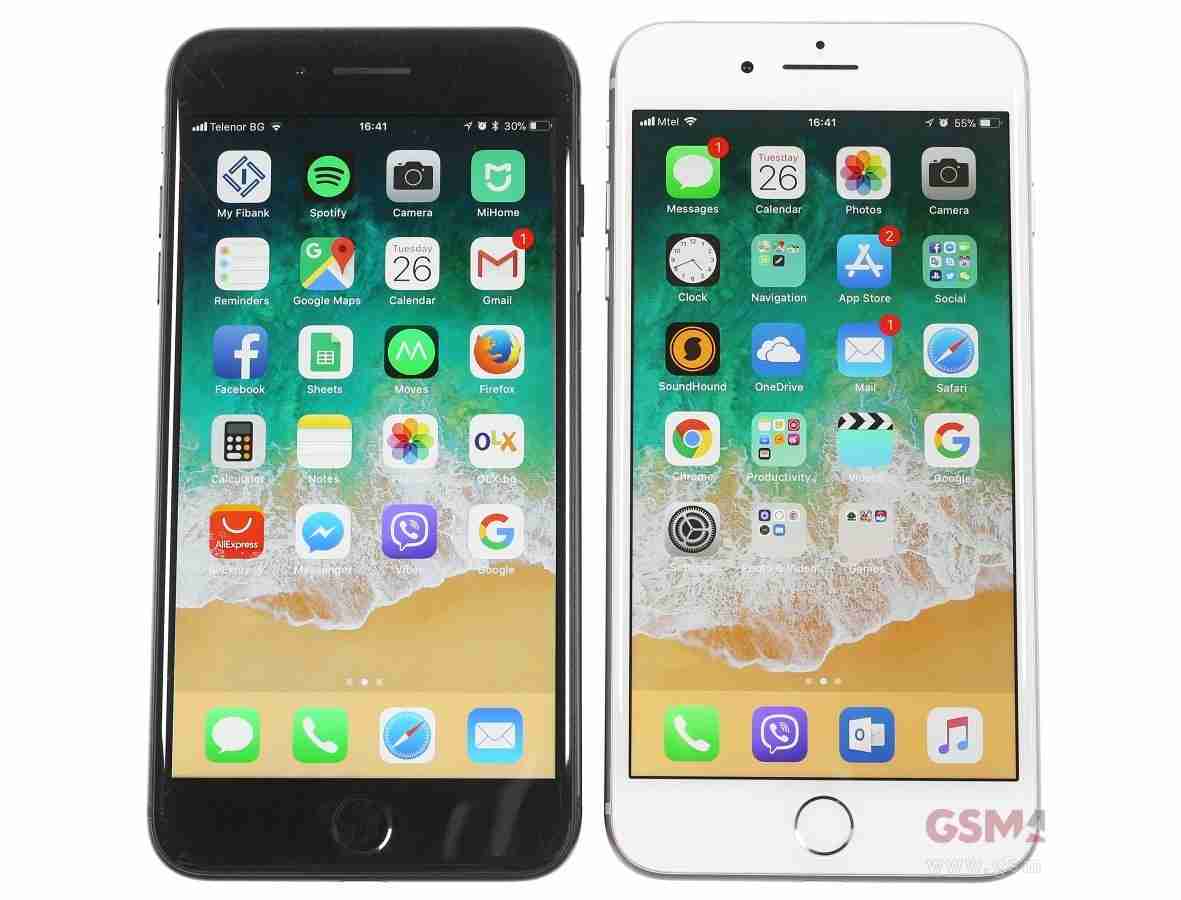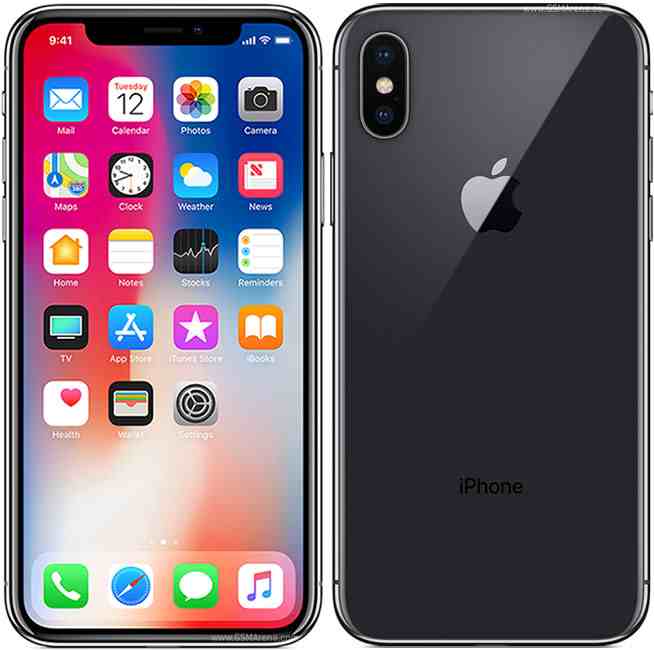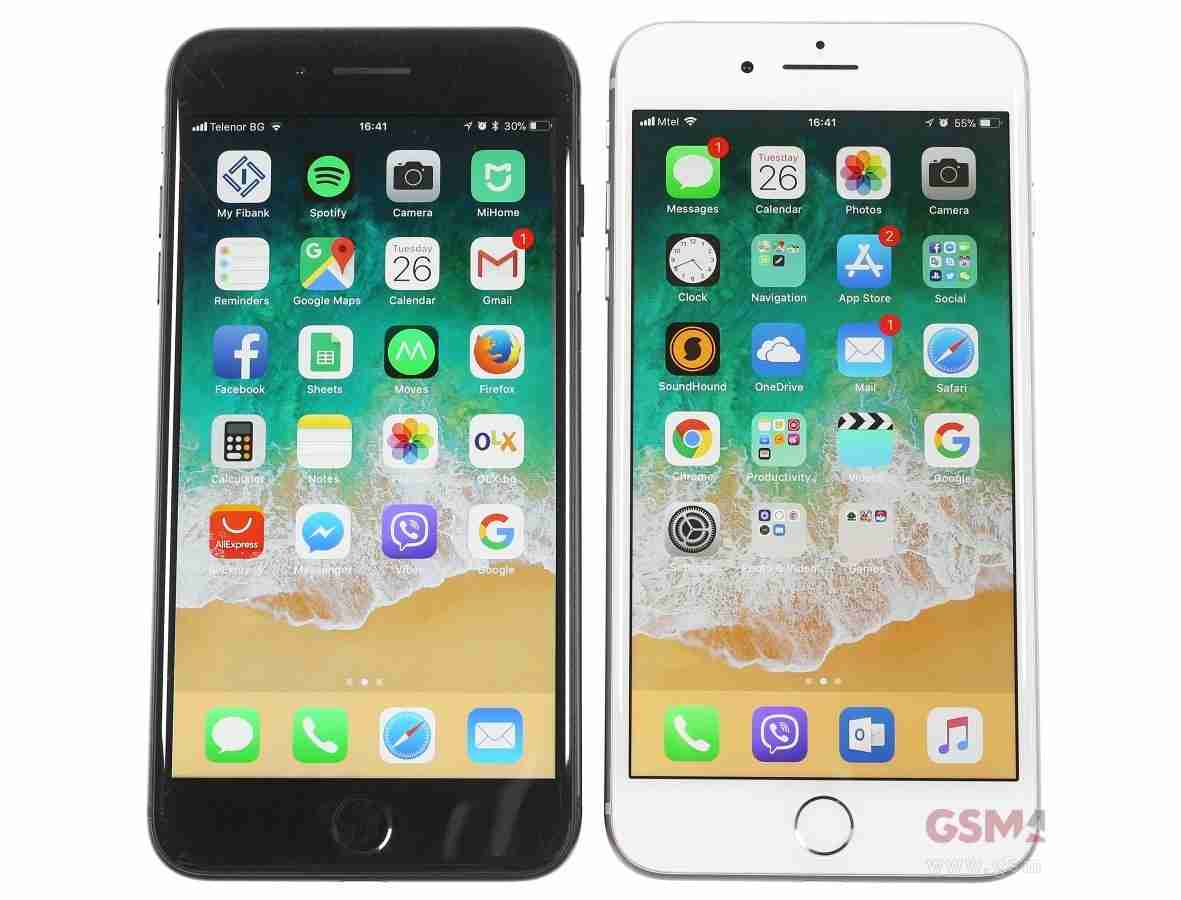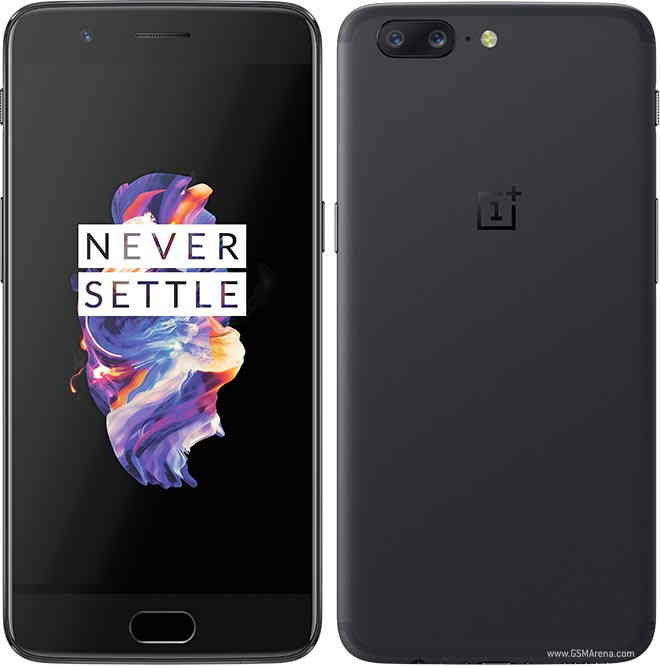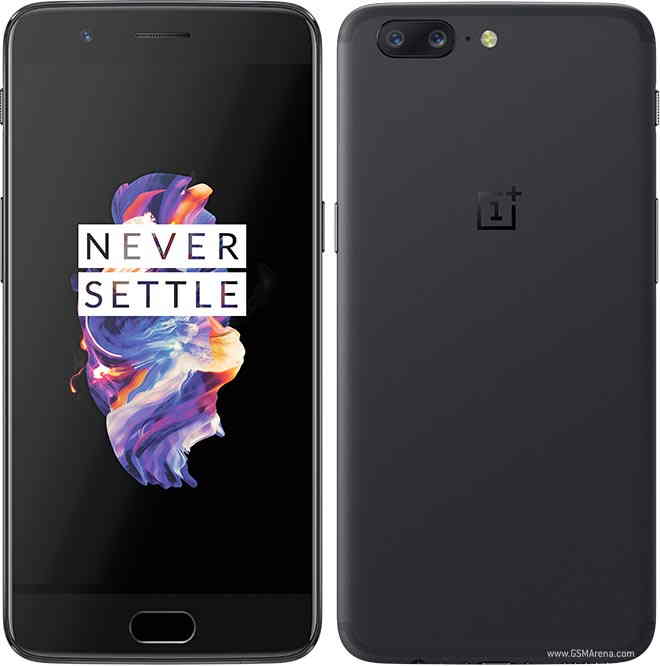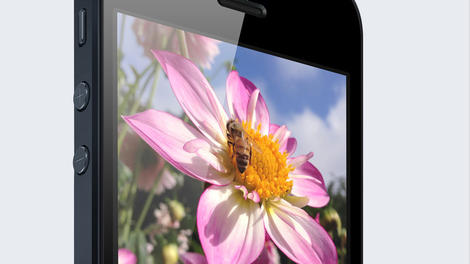
Design, screen, camera and battery
The iPhone reinvented the smartphone, but rivals soon caught up. Where the original iPhone was miles ahead of its rivals, the iPhone 6 and iPhone 6 Plus are launching in a very different market, one full of superbly capable rivals such as the Galaxy S5, the LG G3, the Sony Xperia Z3 and the HTC One M8.
One phone can't beat them all though, can it?
Let's find out how the iPhone 6 compares with the current King of Android, Samsung's Galaxy S5.
- Read our hands on: iPhone 6 review
iPhone 6 vs Samsung Galaxy S5: Design
The iPhone 6 benefits from the usual Apple engineering to deliver something that feels worth dropping more than $600/£500/AU$800 on.
Its rounded edges are reminiscent of the original iPhone 3GS, but the super slim body and larger screen are something new to Apple.

Samsung's design isn't bad, but it doesn't quite nail the premium feel that Apple excels at, not least because of its plastic chassis. Samsung isn't just behind Apple here: Android rivals such as Sony and HTC do a better job too.
Apple isn't in the lead with everything, however. It's moving into the phablet market, which Samsung created, and its belated embrace of NFC comes long after it became part of even the humblest Android handset.
iPhone 6 vs Samsung Galaxy S5: Screen
The Galaxy S5's screen is amazing, managing to be both brighter and darker than rivals when required and delivering vivid, punchy colour.
It's a 5.1-inch full HD (1,920 x 1,080) Super AMOLED delivering 432ppi, and unlike earlier versions you can tweak it to get exactly the display settings you want. It's also protected by Gorilla Glass, making it a little more durable.

The iPhone 6 has a 4.7-inch display with a resolution of 1,334 x 720 (326ppi). There's no sign of the rumoured sapphire crystal glass; Apple says its screen is "ion hardened" and delivers better colours and deeper blacks than before.
iPhone 6 vs Samsung Galaxy S5: Camera
Samsung's main camera is a 16MP f/2.2 ISOCELL sensor with Phase Defect autofocus and selective defocus, also known as background de-focus.
The latter aims to produce SLR-style images with soft backgrounds. However, using selective focus is a pain and can be slow - but autofocus works well and the image sensor produces good images.
The camera in the iPhone 5S was widely praised for its speed and image quality, and the iPhone 6 sticks with the 8MP resolution.
The aperture is a low light-friendly f/2.2 and the software includes dramatically improved image processing. There's optical stabilisation too courtesy of EIS (Electronic Image Stabilisation).
iPhone 6 vs Samsung Galaxy S5: Battery
The Galaxy S5 has a huge 2800mAh battery, which is nearly double that of an iPhone 5S. Apple has boosted battery capacity of the iPhone 6, with a 1810mAh power pack.
You should take manufacturer's battery claims with a pinch of salt, but Apple reckons the iPhone 6 gets 24 hours talk power or 16 days (384 hours) of standby.
Apple's iOS is very power efficient, but the battery size is still significantly smaller than the S5. However, we won't know exactly how well it performs until we can put it through out 90-minute video battery test.
CPU and RAM, health and price
iPhone 6 vs Samsung Galaxy S5: CPU / RAM
As ever, Apple has its own silicon in the iPhone 6: this time it's the 64-bit A8 processor, which remains dual-core but boosts the clock speed from the previous 1.3GHz to a rumoured 1.4GHz.
The A8 is smaller than the A7 and promises to be 50% more energy efficient as a result, and the RAM is reportedly quicker too - although Apple is sticking with just 1GB, a fraction of the RAM you'll find in rival devices.
Samsung's processor in the Galaxy S5 is a quad-core Snapdragon 801 clocked at 2.5GHz and with 2GB of RAM.

On paper, then, the Samsung is considerably more powerful. But that isn't the whole story, because Apple's control over both its 64-bit software and 64-bit silicon means it can optimise iPhones in a way that Android firms can't.
When the respected reviews site Anandtech benchmarked the Galaxy S5 against the then six-month-old iPhone 5S, the iPhone gave its younger, more powerful rival a kicking in almost every performance category.
Games should be particularly good on the iPhone 6 thanks to Metal, the new graphics API introduced in iOS 8. Metal enables games developers to squeeze maximum performance out of the iPhone's GPU and promises to render objects up to ten times more quickly.
Apple says graphics performance is up to 84% faster overall. It isn't just useful for games, though. It can use the GPU to process data for all kinds of apps, boosting their performance accordingly.
iPhone 6 vs Samsung Galaxy S5: Health
Smartphones are mature technology now, with new models evolving rather than offering jaw-dropping new features nobody has ever seen before. That's why manufacturers' attention is turning to ecosystems of connected accessories for home automation and health.
Both Samsung and Apple have health monitoring features: S Health for Samsung and Health (formerly Healthbook) for Apple.

Both systems are really designed to be used with external sensors such as smartwatches and fitness trackers, but there are sensors in the Galaxy S5 in the form of a heart rate sensor.
Rumoured blood pressure monitoring didn't make it into the iPhone 6 or iPhone 6 Plus. Both devices also have sensors for humidity, temperature and barometric pressure, and the iPhone has Apple's M8 motion coprocessor for tracking physical activity including distance and elevation.
It's worth noting here that Apple has forbidden developers of health apps from sharing user data with third parties such as advertisers and data brokers.
iPhone 6 versus Samsung Galaxy S5: Price
iPhone 6 range starts at $649, £539, AU$869 without contracts, going all the way up to $849, £699, AU$1129 for the 128GB model.
The Galaxy S5 has an RRP starting around £599 (US$650, AU$900) but is widely available for considerably less: at the time of writing it was available for as little as £420 (around $560, AU$620) SIM-free.




